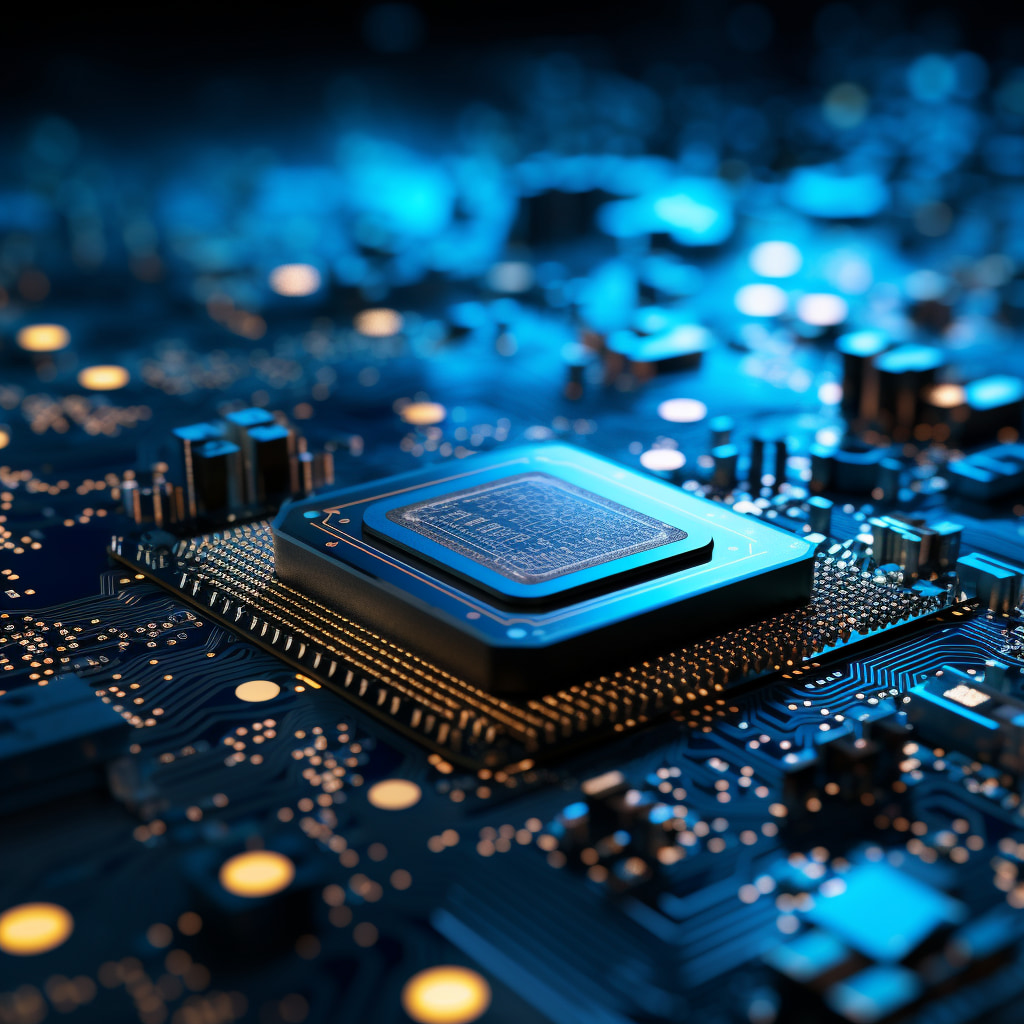Nvidia, a prominent player in the world of graphics processing units (GPUs), has made a significant announcement, unveiling three new consumer AI chips and local AI tools. This development is set to bring cutting-edge AI capabilities to local computers, potentially revolutionizing how consumers interact with artificial intelligence.
The company has introduced the “super” versions of its RTX 40 series, including the RTX 4060 Super, RTX 4070 Ti Super, and RTX 4080 Super, with prices ranging from $599 to $999. These GPUs have additional tensor cores designed to handle generative AI applications efficiently.
Consumer-friendly AI chips for enhanced performance
Nvidia’s latest consumer AI chips, part of the RTX 40 series, promise to deliver exceptional AI capabilities for personal computing. With the RTX 4060 Super, RTX 4070 Ti Super, and RTX 4080 Super, consumers can harness the power of AI without the need for specialized hardware.
These GPUs are poised to provide an immersive experience by seamlessly handling demanding AI tasks. In addition to desktop availability, Nvidia has partnered with leading laptop manufacturers such as Acer, Dell, and Lenovo to integrate these chips into their products, making AI more accessible and portable for users.
To further bolster the appeal of its AI chips, Nvidia has expanded its support for various AI models, including Phi-2, joining the ranks of Llama2, Mistral-7B, and Code Llama models. The introduction of Nvidia’s Tensor-LM inference backend simplifies the process of running these models locally, offering users the flexibility to harness the power of AI on their devices.
Users can also seamlessly transition to utilizing OpenAI models in the cloud with a single line of code modification. Nvidia’s AI workbench complements this offering by providing comprehensive workflows for running Large Language Models (LLMs), enabling users to train them with custom data and optimize performance for RTX-equipped PCs.
The demand for Nvidia’s larger GPUs
While Nvidia’s consumer AI chips are gaining attention, the demand for larger GPUs, such as the A100s and H100s, remains substantial. These high-performance GPUs are primarily sought after by AI companies for training and serving their models via cloud-based platforms.
This suggests that Nvidia has established a significant presence in consumer AI hardware and the AI infrastructure that powers the cloud. The company’s dual focus on consumer and enterprise markets positions Nvidia as a key player in the AI ecosystem.
Nvidia’s comprehensive approach to consumer AI
Nvidia’s commitment to democratizing AI extends beyond hardware, with the introduction of developer tools and resources aimed at simplifying the integration of AI into local computing environments.
By providing developer-friendly tools and workflows, Nvidia empowers software developers to create innovative AI applications and solutions that cater to a wide range of consumer needs. This holistic approach positions Nvidia as a frontrunner in the consumer AI space, likely making it the preferred choice for many individuals looking to leverage AI in their daily lives.
The future of AI on personal devices
As the AI landscape continues to evolve, Nvidia’s latest offerings signal a promising future for AI on personal devices. With the introduction of AI-ready graphics cards and developer tools designed to facilitate local LLM usage, Nvidia is poised to play a pivotal role in shaping how consumers interact with AI technology.
This shift toward localized AI capabilities may lead to enhanced user experiences, increased productivity, and new opportunities for developers and businesses to harness the power of artificial intelligence.
From Zero to Web3 Pro: Your 90-Day Career Launch Plan
